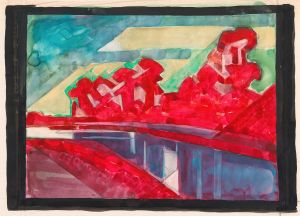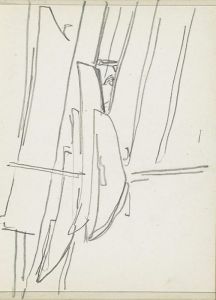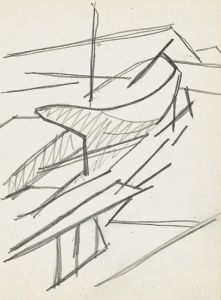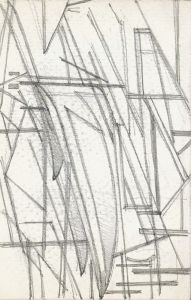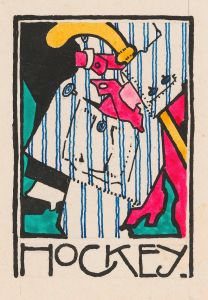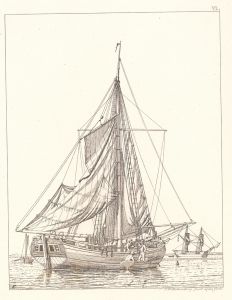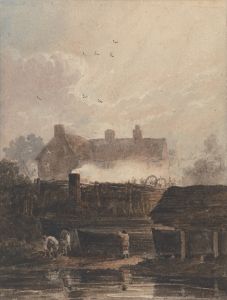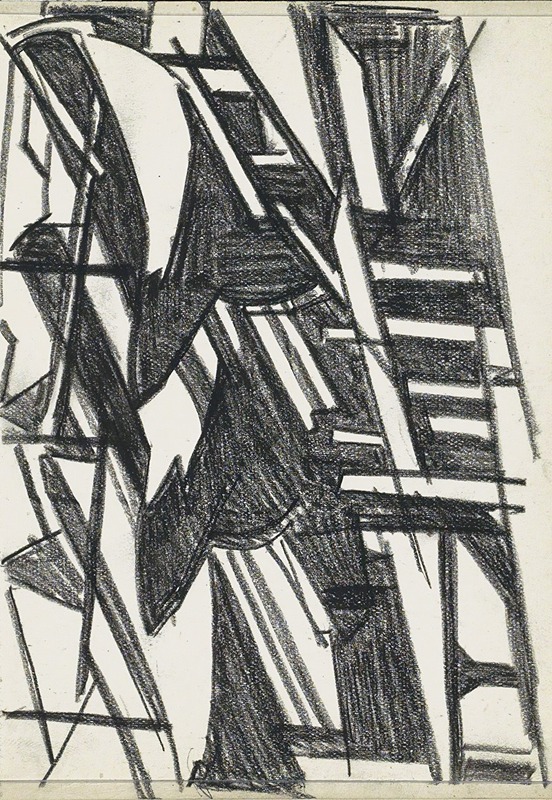
Zeilboten op een werfhelling
A hand-painted replica of Reijer Stolk’s masterpiece Zeilboten op een werfhelling, meticulously crafted by professional artists to capture the true essence of the original. Each piece is created with museum-quality canvas and rare mineral pigments, carefully painted by experienced artists with delicate brushstrokes and rich, layered colors to perfectly recreate the texture of the original artwork. Unlike machine-printed reproductions, this hand-painted version brings the painting to life, infused with the artist’s emotions and skill in every stroke. Whether for personal collection or home decoration, it instantly elevates the artistic atmosphere of any space.
Reijer Stolk (1896–1945) was a Dutch artist known for his contributions to graphic art, painting, and design. One of his notable works is Zeilboten op een werfhelling (translated as Sailboats on a Shipyard Slipway). This artwork reflects Stolk's interest in maritime themes, which were a recurring subject in Dutch art due to the country's historical connection to seafaring and shipbuilding.
The painting depicts sailboats resting on a slipway at a shipyard, a scene that captures the essence of maritime life and the craftsmanship involved in maintaining and constructing vessels. Stolk's use of form and composition in this work demonstrates his skill in balancing realism with a stylized approach, which was characteristic of his artistic output. The muted color palette and attention to detail suggest an emphasis on the quiet, industrious atmosphere of the shipyard.
Reijer Stolk was active during the early 20th century, a period marked by significant artistic experimentation in the Netherlands. While he is less widely known than some of his contemporaries, his work contributes to the broader narrative of Dutch art during this time. Stolk's career was tragically cut short when he died in 1945, but his surviving works, including Zeilboten op een werfhelling, continue to be appreciated for their craftsmanship and historical value.
The painting is an example of Stolk's ability to capture everyday scenes with a sense of authenticity and respect for the subject matter. It serves as a visual document of the shipbuilding industry, an integral part of Dutch culture and economy. The exact date of the painting's creation is not widely documented, but it is consistent with the themes and style Stolk explored throughout his career.
Zeilboten op een werfhelling is held in a private collection or museum, though specific details about its current location or provenance are not readily available in public records. The work remains an important piece for understanding Stolk's artistic legacy and the maritime heritage of the Netherlands.









